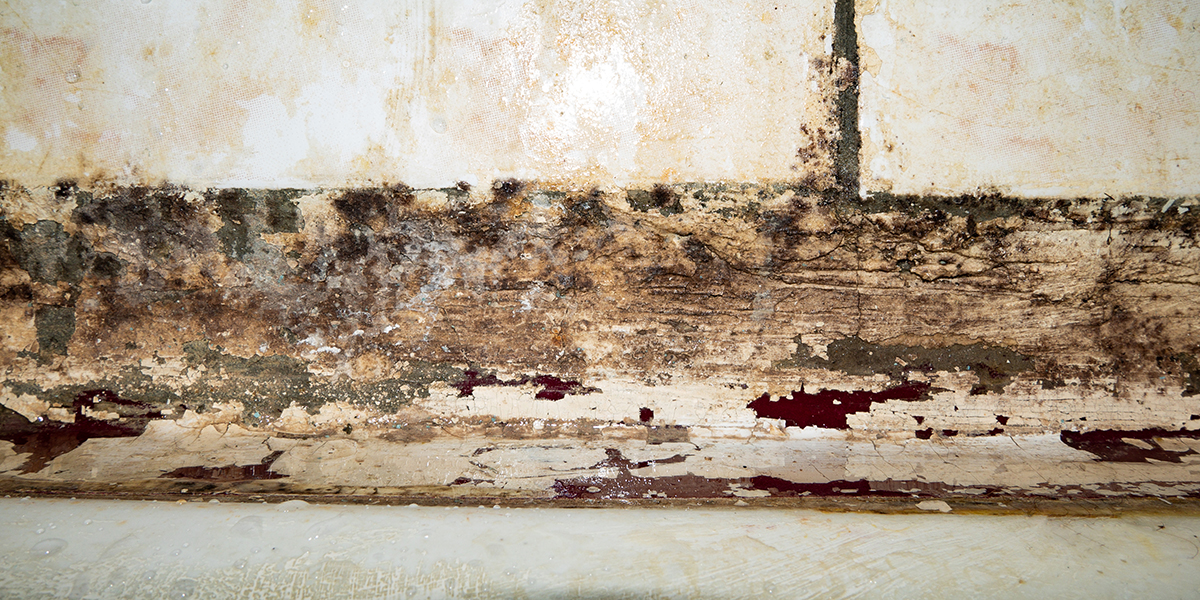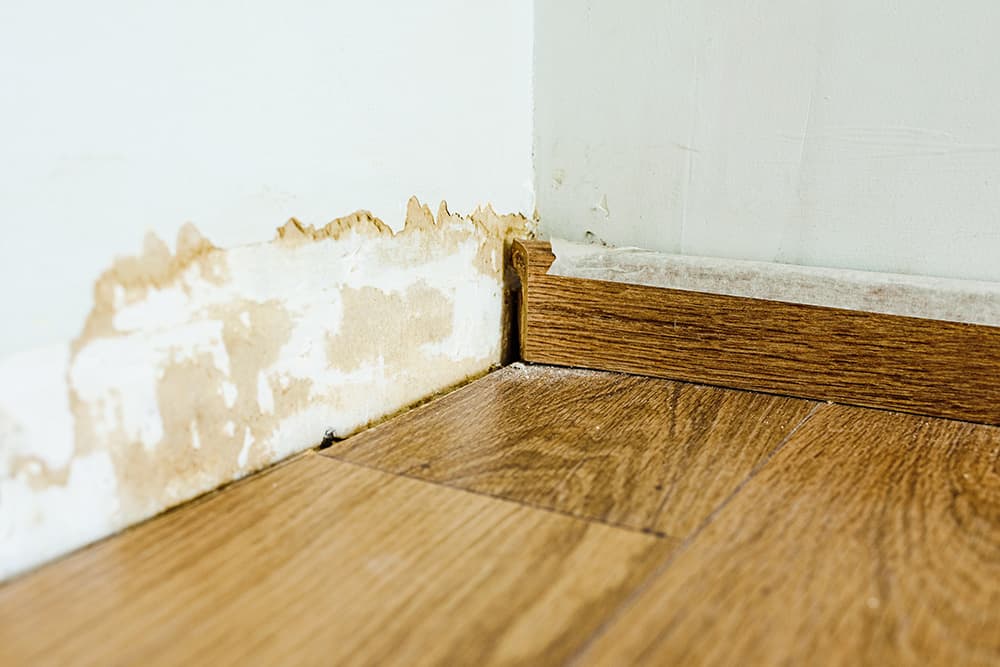Reliable Water Reduction Strategies You Need to Know
Water damage can be a disruptive and pricey concern for building proprietors, making it important to be well-versed in reliable water mitigation techniques. From very early detection and examination to effective water extraction approaches and extensive drying out methods, there are important actions to take in mitigating water damage.

Very Early Discovery and Examination
Very early discovery and examination are essential steps in the process of water mitigation to identify and deal with prospective sources of water damage quickly. By carrying out routine analyses of pipes systems, devices, and architectural aspects, water reduction specialists can proactively pinpoint areas susceptible to leakages, condensation, or flooding. Via detailed inspections making use of innovative modern technology such as dampness meters and thermal imaging cams, experts can find concealed water invasion that may not be instantly visible to the nude eye. Determining these problems at an early stage can prevent further rise of water damage, ultimately conserving time and sources in the reduction procedure.
Moreover, very early detection permits quick activity to be taken in drying impacted locations and carrying out necessary repair services to avoid mold and mildew growth, architectural degeneration, and other lasting effects of water damage. Prompt treatment not only minimizes the instant influence of water invasion yet also aids in preserving the stability and safety of the building in the long run. Focusing on very early discovery and evaluation as essential parts of water reduction strategies is necessary for reliable damage control and remediation efforts.
Effective Water Removal Methods
Detection and evaluation are essential actions in any water mitigation process, laying the foundation for effective water removal approaches to promptly remove excess water from affected areas. When the degree of water damages is analyzed, it is essential to utilize efficient extraction methods without delay. Water removal can be attained through various methods, including making use of powerful pumps, wet vacuums, and dehumidifiers.
Professional water mitigation teams commonly make use of completely submersible pumps to promptly remove large quantities of water from the facilities. These pumps can drawing out water at a fast pace, minimizing the risk of more damages to the building. Damp vacuum cleaners are likewise typically used to target smaller sized locations or hard-to-reach areas where standing water continues.
Furthermore, dehumidifiers play an essential function in the water extraction procedure by minimizing wetness levels in the air and accelerating the total drying out time - water damage restoration company round lake ny. By integrating these extraction methods purposefully, water mitigation specialists can successfully draw out water, reduce damages, and stop mold development, ultimately recovering the damaged location to its pre-loss problem
Thorough Drying Techniques
To make certain extensive water damages reduction, comprehensive drying out strategies are important in removing recurring moisture and avoiding possible architectural issues. After water extraction, the emphasis shifts to drying the influenced locations entirely.
In situations of water damages, permeable materials like drywall and carpets can trap wetness, resulting in mold and mildew growth and architectural weakening if not sufficiently dried. To address this, experts may use specialized devices such as wetness meters to determine dampness degrees within products, making certain thorough drying. Additionally, the removal of baseboards or piercing tiny openings in wall surfaces might promote drying out in wall surface dental caries where dampness can stick around unseen.
Mold And Mildew Avoidance and Removal
Complying with the complete drying techniques in water reduction, the focus now changes in the direction of attending to mold and mildew prevention and this post remediation to secure versus prospective carcinogen and structural damages. Mold and mildew can quickly develop in locations impacted by water damage, positioning serious wellness threats and endangering the integrity of the structure. To stop mold growth, it is critical to immediately get rid of any kind of water-damaged materials, along with thoroughly tidy and disinfect the influenced areas. Proper air flow and dehumidification additionally play key roles in mold and mildew prevention by minimizing moisture levels that advertise mold growth.
In cases where mold and mildew has actually already created, quick remediation is crucial. This process includes the cautious elimination and disposal of mold-infested products, followed by extensive cleaning and disinfection of the area to avoid regrowth. It is important to resolve mold and mildew concerns promptly and effectively to prevent further damage and ensure the safety of occupants. Professional mold and mildew removal solutions might be needed for considerable mold and mildew invasions to make sure risk-free and extensive removal. By implementing these mold avoidance and removal methods, the dangers related to water damages can be dramatically lowered.
Structural Fixing and Repair

Reconstruction initiatives commonly prolong beyond architectural repair work to include aesthetic enhancements. Repainting wall surfaces, changing flooring, and addressing any type of noticeable water spots are common techniques. It is necessary to not only fix the structural damages but likewise to restore the aesthetics of the room. Additionally, resolving any type of sticking around wetness concerns and guaranteeing correct ventilation can aid avoid future architectural damage and mold and mildew growth. By immediately and effectively attending to architectural problems post-water damages, homeowner can guard their buildings and recover them to their pre-damage problem.
Final Thought
To conclude, effective water mitigation methods such as early discovery, reliable water removal, comprehensive drying, mold prevention, and structural repair service are critical in minimizing damage and restoring impacted areas (mold mitigation saratoga). By complying with these actions carefully, property owners can mitigate the influence of water damages and protect against further issues such as mold and mildew development. It is very important to act without delay and address use these strategies to make sure an effective water mitigation process
Water damage can be a turbulent and pricey issue for home owners, making it essential to be well-versed in effective water reduction methods. From early detection and inspection to reliable water removal techniques and complete drying out methods, there are vital actions to take in mitigating water damages.Early discovery and inspection are essential steps in the procedure of water reduction to determine and attend to prospective sources of Visit Your URL water damage without delay.Detection and inspection are vital steps in any type of water mitigation procedure, laying the structure for effective water extraction approaches to quickly remove excess water from influenced locations.In final thought, effective water reduction techniques such as very early discovery, effective water removal, complete drying, mold and mildew prevention, and structural fixing are vital in reducing damages and restoring influenced areas.